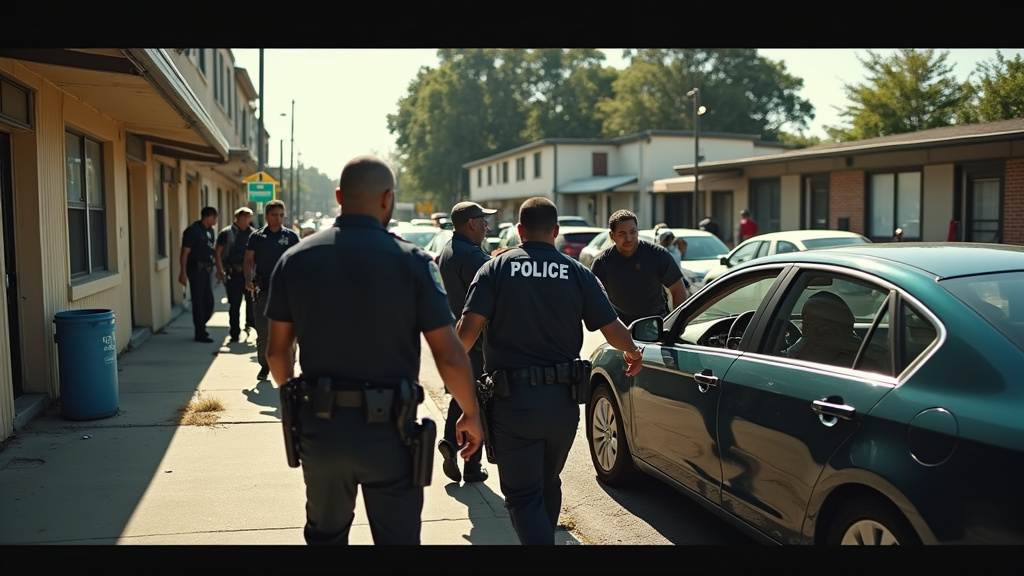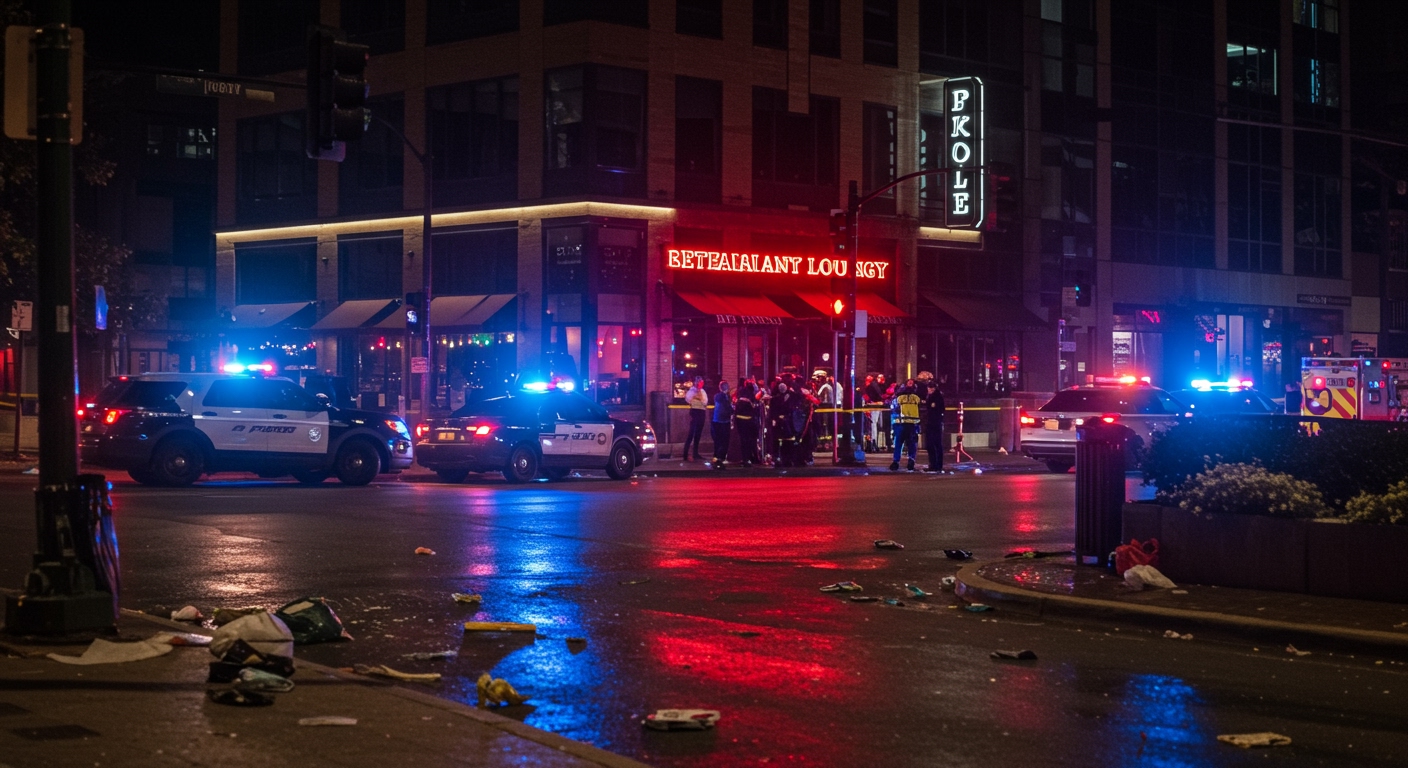In a move that highlights the rapid spread of misinformation in the digital age, social media platforms were recently abuzz with claims that the city of Chicago had deployed salt trucks to create blockades against Immigration and Customs Enforcement (ICE) agents. These viral posts, often accompanied by footage of large trucks lined up on city streets, suggested a bold act of defiance against federal immigration operations. However, city officials and fact-checking organizations have unequivocally debunked these claims, revealing that the trucks were part of standard public safety measures for a planned protest and the annual Taste of Chicago event.
The Spread of a Viral Headline
Across platforms like TikTok and X, videos featuring rows of Chicago Department of Streets and Sanitation salt trucks began circulating widely in early September 2025. Captions accompanying these posts asserted that the trucks were intentionally used to “slow traffic and block access points in response to an incoming ICE operation,” with some even describing them as a “moving wall across major highways.” The narrative quickly gained traction, fueled by the existing tensions surrounding federal immigration enforcement in Chicago.
This misinformation spread rapidly, with many users expressing a mix of outrage and admiration for what they perceived as a direct challenge to ICE activities. The compelling visual of utility vehicles in an unexpected role seemed to resonate, leading to widespread sharing and discussion, often without immediate verification.
The Facts: Routine Deployment for Public Safety
Officials from the Chicago Department of Streets and Sanitation clarified that the salt trucks were deployed to support public safety efforts related to a planned protest and the Taste of Chicago, a major culinary festival held annually at Grant Park. According to a spokesperson for the department, positioning such vehicles is a “routine practice” used to manage traffic and ensure safety at large public gatherings and events. The trucks were reportedly in place between September 5th and 7th, coinciding with the festival dates.
Contrary to the viral claims, there is no evidence that these trucks were used to obstruct any ICE operations or that they formed blockades on major expressways like I-294, the Edens, or I-94. Local news outlets, including the Chicago Sun-Times and Block Club Chicago, quickly moved to fact-check and disprove the narrative. Snopes also rated the claim as false, citing official statements from the city.
Context: Heightened Tensions Over ICE Operations
The emergence of this misinformation coincided with a period of heightened federal immigration activity and rhetoric directed at Chicago. Then-President Donald Trump had repeatedly threatened to deploy ICE agents and potentially the National Guard to cities, including Chicago, to combat crime and illegal immigration. This context of federal intervention and the city’s resistance created fertile ground for sensationalized and false narratives to take root and spread.
ICE had indeed announced and begun ramping up enforcement operations in Chicago, dubbed “Operation Midway Blitz,” targeting “criminal illegal aliens.” This backdrop of increased federal pressure and local apprehension made any perceived act of resistance, even a fabricated one, highly resonant with segments of the public.
The Impact of Disinformation
Experts and analysts have pointed to the salt truck incident as a prime example of how disinformation can quickly go viral, often distorting reality and fueling polarization. Some analyses suggest that such fabricated narratives, while appearing to offer signs of resistance, can inadvertently serve as counter-resistance by creating cycles of false hope followed by disappointment, potentially draining public energy for genuine organizing. The visual nature of the social media posts made them particularly convincing to those who did not seek out verification.
This NEWS cycle underscores the critical importance of media literacy and the need for audiences to critically evaluate information, especially when it triggers strong emotional responses. The speed at which the false headline about Chicago’s salt trucks spread demonstrates the challenges in combating misinformation in an increasingly interconnected world.
In conclusion, while the images of salt trucks may have been real, the narrative woven around them to suggest an active blockade against ICE was entirely false. City officials confirmed the trucks served a routine public safety function for major city events, a fact that was established and reported by numerous credible sources, debunking the viral HEADLINE.














